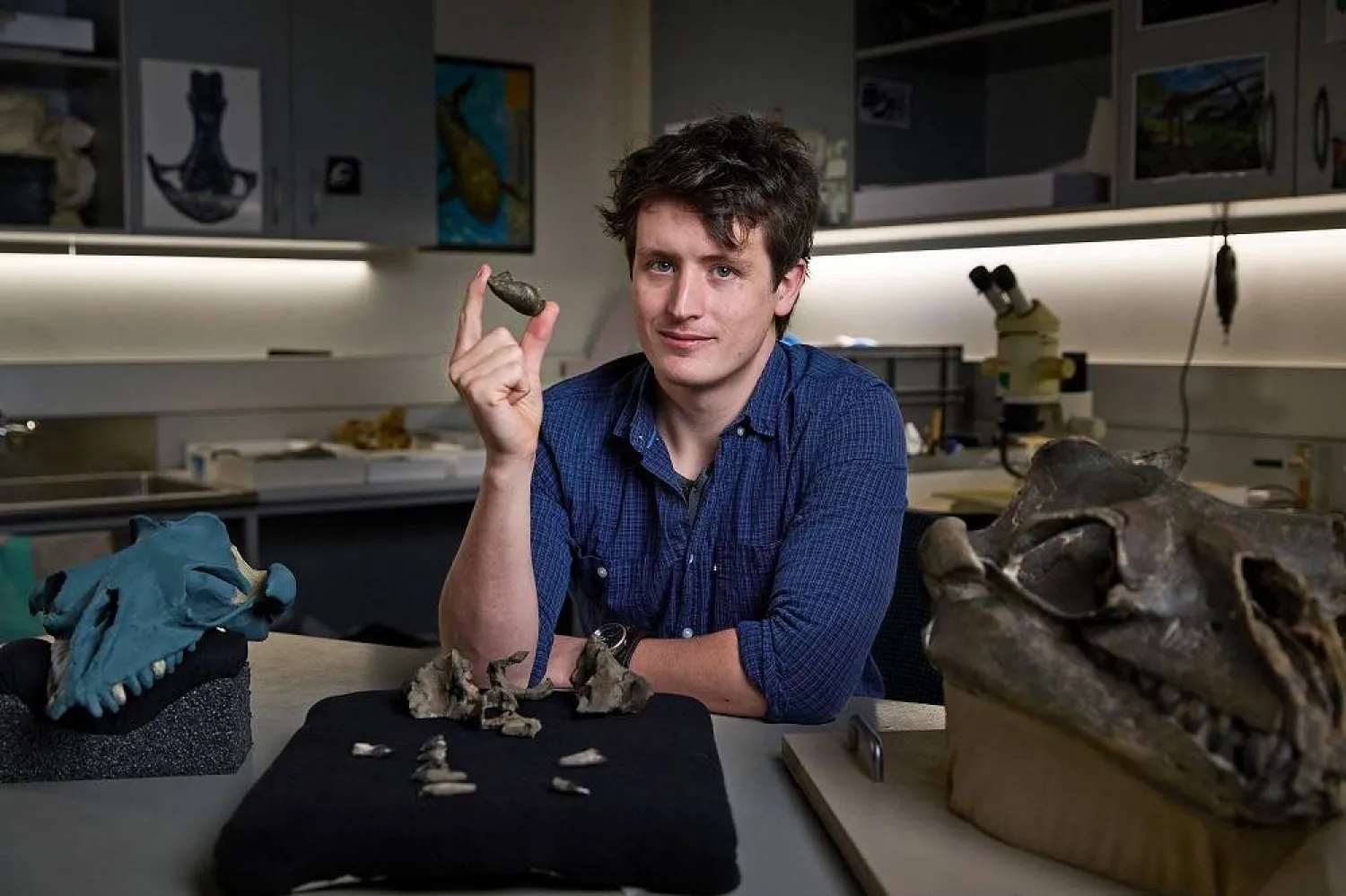Since a research team released the image of a newly discovered black hole on April 10, 2019, the study of this cosmic body gained much momentum, as it is the smallest black hole on record, and the closest to our planet.
Black holes are characterized with great gravity that nothing, not even particles or electromagnetic radiation like light, can escape. They usually have huge masses, larger than that of the sun. The newest discovery in this field is a black hole called "Unicorn," and it was announced on April 18, in the journal Monthly Notices of the Royal Astronomical Society.
The researchers named it "Unicorn" because of its unique size, and because it was found in Monoceros, a relatively dim constellation that exists to the east of the Orion constellation, and to the north of Sirius star in the constellation Canis Major.
Astronomers at the Ohio State University discovered the new black hole while examining a giant star in the constellation Monoceros, using NASA's Transiting Exoplanet Survey Satellite (TESS) and the Kilodegree Extremely Little Telescope (KELT).
They noticed that the star's light intensity and shape shift in different spots around the orbit, suggesting that another object is tugging on the star and changing its shape. The team believed the object is likely a black hole, and estimated it is a small one.
Although the mass of some black holes is millions of times larger than the sun's, the team estimates that the mass of Unicorn is only three times that of our sun. This indicates that the newly discovered black hole is smaller than the usually discovered ones. Few black holes with such small mass had been found in the universe. Lying a mere 1,500 light-years from us, Unicorn is considered close to the Earth.







